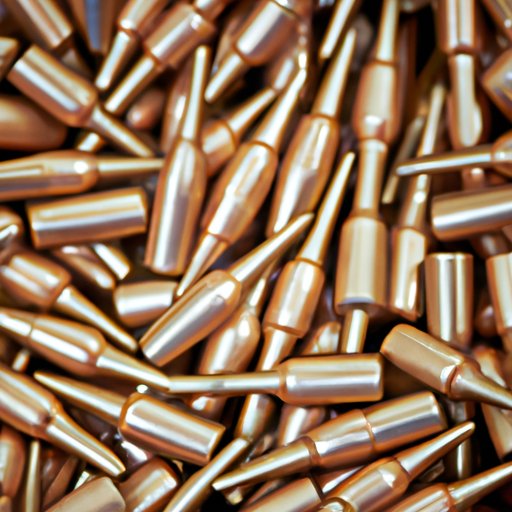Introduction
When it comes to hunting small game and birds, birdshot offers a versatile and effective ammunition option. However, it’s important for hunters and shooters to understand the limitations and risks associated with birdshot. This article aims to explore the factors that affect birdshot dispersion and how far it can travel, as well as outlining safety recommendations and regulations for birdshot usage.
Understanding Birdshot
Birdshot is a type of shotgun ammunition specifically designed for hunting birds. It typically consists of small pellets, usually made of lead or steel, that are packed into a shotgun shell. When the shotgun is fired, the pellets spread out in a wide pattern, making it easier to hit moving targets.
Unlike other types of shotgun ammunition, such as buckshot or slugs, birdshot is not designed for penetration. Instead, it is meant to create a wider spread of shot, which is effective for hitting small targets such as birds in flight.
Factors Affecting Birdshot Dispersion
Several factors can affect the dispersion or spread of birdshot, including the choke of the shotgun, the range to the target, and the size of the shot used.
The choke of a shotgun refers to the constriction at the end of the barrel that controls the spread of the shot. A tighter choke will result in a narrower shot pattern, while a looser choke will create a wider pattern. Therefore, the type of choke used can significantly impact the effectiveness of birdshot.
The range to the target is also an important factor to consider when using birdshot. At closer ranges, the shot pattern will be more concentrated and effective, while at longer ranges the pellets will spread out more and become less potent.
Shot size is another factor that influences the spread of birdshot. Smaller shot sizes will create a wider spread pattern, while larger shot sizes will create a tighter pattern. The choice of shot size will depend on the type of game being hunted and the range at which the shooter intends to use the birdshot.
Effectiveness of Birdshot
Birdshot is highly effective for hunting small game and birds within typical ranges. It can take down game cleanly and efficiently, without causing excessive damage. Additionally, birdshot is safer to use in areas where there may be people or property in the surrounding area, as it is less likely to penetrate walls or structures than other types of shotgun ammunition.
However, birdshot does have some drawbacks as well. At longer ranges, the shot can become less effective, and it may not be powerful enough to take down larger game. Additionally, birdshot is not recommended for use in self-defense situations, as it is unlikely to stop an attacker or intruder effectively.
Risks Associated with Birdshot
While birdshot is generally considered a safe and effective ammunition option, there are risks associated with its usage. One of the primary risks is the potential for injury to oneself or others due to stray pellets. When birdshot is fired, the pellets can travel far beyond the intended target, potentially endangering other people or animals in the surrounding area.
Real-world examples of birdshot incidents include accidentally hitting nearby hunters or bystanders, and causing damage to property such as vehicles or buildings. Furthermore, shooting at longer ranges can be especially dangerous, as the spread of the shot increases, making the risk of dangerous stray pellets more significant.
Safety Recommendations
To mitigate the risks associated with birdshot, it’s important to wear proper safety gear when using it for hunting or shooting. This includes wearing eye and ear protection to guard against ricochets and hearing damage, as well as wearing appropriate clothing to help prevent injury from stray pellets.
In addition to personal safety gear, shooters should also take care in selecting appropriate shooting locations and backstops. Shooting at unsuitable surfaces, such as hard or reflective surfaces, can increase the risk of dangerous stray pellets.
Birdshot Laws and Regulations
There are both federal and state-level regulations that govern the usage of birdshot for hunting and shooting. It’s important for hunters and shooters to be aware of these regulations and to comply with them to avoid potential penalties or legal consequences.
Some common rules and regulations surrounding birdshot include restrictions on where it can be used, bag limits for certain types of game, and requirements for hunters to obtain licenses or permits before using birdshot for hunting.
Conclusion
Birdshot is a versatile and effective ammunition option for hunting small game and birds, but it’s important for hunters and shooters to understand the limitations and risks associated with it. By considering the factors that affect birdshot dispersion, and taking appropriate safety measures, hunters and shooters can use birdshot safely and effectively for their intended purposes.
(Note: Is this article not meeting your expectations? Do you have knowledge or insights to share? Unlock new opportunities and expand your reach by joining our authors team. Click Registration to join us and share your expertise with our readers.)
